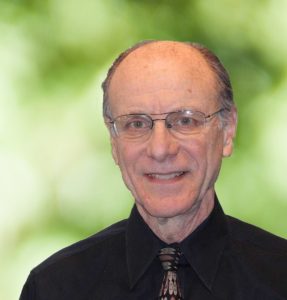
We did not use the word ‘redevelopment,'” says CPAT member Emil Malizia, FAICP, a professor at the University of North Carolina at Chapel Hill. “There was still that stigma.”
The team was prepared for this largely African-American community to be apprehensive about a redevelopment process. There were still plenty of residents who remembered that thriving African- American business district that disappeared during urban renewal. The seven CPAT members, who worked pro bono, included planners from across the country who were skilled in urban development and had experience working with underserved and minority communities with similar histories.
The CPAT thought it was worth trying to restore the only block that survived the bulldozers during urban renewal, which they dubbed the Lyndon Street Historic Area. They also saw places ripe for redevelopment throughout the community. But funding was a key question. There was discussion about raising capital through loan pools, grants, or institutional investments, perhaps by the churches.
“The challenge was to identify ways to develop property that served the community but also met the market realities,” Malizia says.
Read the whole article at planning.org: https://planning.org/planning/2019/feb/restoringeastmarket/
By Amanda Lehmert
Amanda Lehmert is an award-winning journalist who spent 12 years working for daily newspapers. She lives in Greensboro.